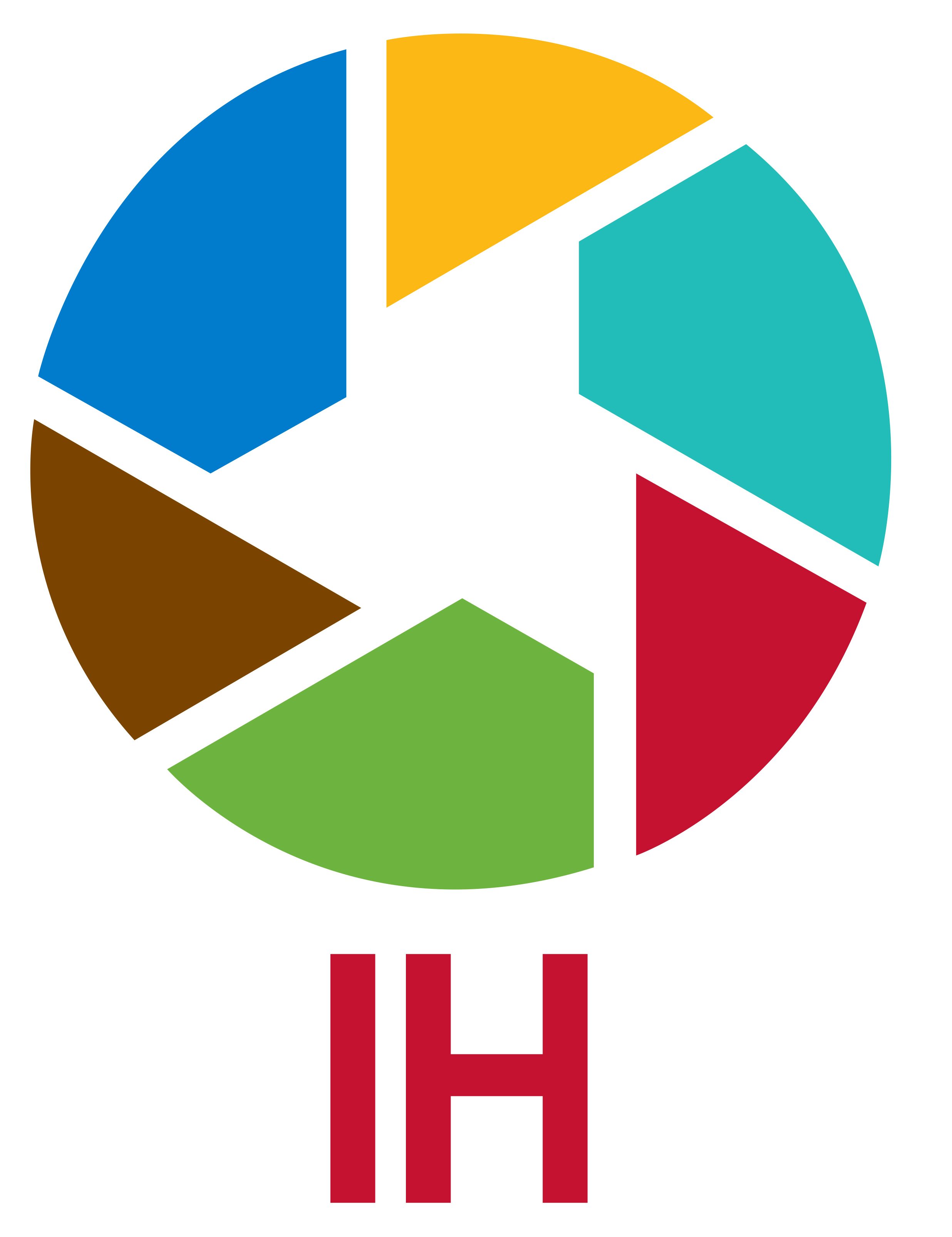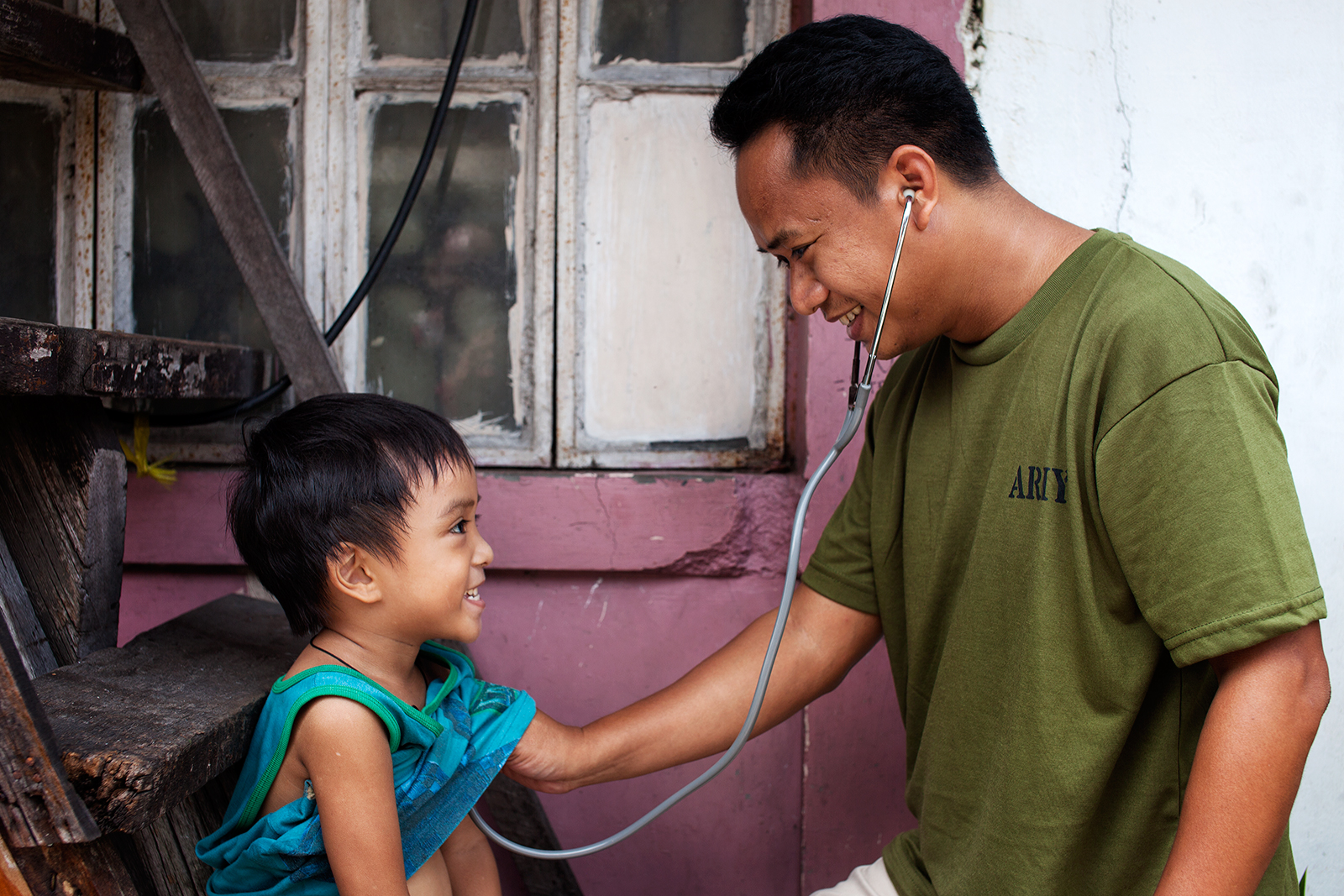After dashing hither and thither on the first day of the conference to ensure that our HIV testing late-breaker was ready, I woke up early on Monday morning to be ready for the real meat of the professional conference experience: networking.
International Health Section: Second Business Meeting
The second IH business meeting – always held delightfully early at 7 a.m. – traditionally focuses on reports and updates of Section activities, both at the Annual Meeting and throughout the year. Most of the activity involves the elected leadership and committee/working group chairs. This year we had several observers, both regular members and students, which I thought was great, as it allows members to see the meat of what the Section does. GC Whip Carol Dabbs presented policies of interest that will go before the Governing Council today (including one on climate change), and Governing Counselor Caroline Kingori gave an overview of the candidates for APHA President-Elect and Executive Board. Program co-chairs Mini Murthy and Vamsi Vasireddy then discussed successes and reflections of the Program Committee in reviewing abstracts and putting the Section’s program together for the AM, which includes both scientific and invited sessions. (This committee is a great way to gain experience reviewing abstracts and always needs help – students, take note!) Finally, Global Health Connections Committee Chair Theresa Majeski engaged section members and leadership on how to better engage students and new members, including some strategies for improving how our Section communicates its activities (I guess that’s me). I personally plan to take those suggestions to heart, so readers will hopefully see some changes to this blog in the coming weeks, once the AM irons cool and we all recover from traveling.
Students Want Jobs: IHSC’s Career Roundtable
My next stop was the Career Roundtable session, where the Student Committee asked me to lead a discussion table as a freelancer and still-aspiring global health professional. My personal goal was to show that landing that “perfect job” in global health can sometimes take more time and persistence than originally anticipated, but there are different paths a professional can take to get there (including working in domestic public health to gain experience). I also wanted to provide a “Millenial” perspective on breaking into the field, as paths of entry now look very different than they did for Gen X. I also feel like my publications and freelance history in global health work speak for themselves, but I get that not everyone is interested in doing freelance work.
This was a very interesting experience for me. As predicted, students were hungry for tips on how to get an edge in the application process, how to get applicable volunteer experience (like participating in IH section activities), what types of short-term experience abroad are valuable for a resume, how to frame their domestic public health experience when applying for global health positions later (if they chose to go that route), and – always the key question – how to make themselves stand out from the (massive and ever-growing) pile of applications for the highly-coveted global health full-time jobs. There were questions about the Peace Corps (whose recent re-vamp of the way volunteers are recruited is much improved, thank God), how to secure valuable internships (and what those look like), the value of short-term missions trips, and where to find post-graduate fellowships that provide the initial year or two of experience required of most permanent positions. I also strove to keep the discussion candid, which gave me a chance to glimpse both the zeal and frustration of aspiring professionals of my generation. Stories of applying to dozens of jobs with a steady stream of rejections, worry over servicing student loans post-graduation, and outrage over the abundance of unpaid internships were common. I strove to emphasize that experience in state and local health departments and domestic non-profits can go a long way in building skills required by global health jobs, and that volunteer experience with global health and development organizations (like working with the IH Section!) is just as valuable as paid work. One student even asked me if I put my work with the IH Section on my resume, and I was proud to say that I do – and I usually put it first.
Public Health Expo: Staffing the Section Booth, Scoping out Schools, and Networking with Ninjas
The expo is one of my favorite parts of the AM. I love the bigness and busy-ness of it, and I have a hard time resisting the SWAG (though I was mostly successful this time since I am flying with Spirit). I started out by staffing the IH Section’s booth (many thanks to members who volunteered to do this, btw), engaging members and attendees interested in Section membership and promoting our Section activities at the during the meeting.

After my shift, I spent some time collecting information on doctoral programs from schools of public health, as I expect to be in the market for a Ph.D. or DrPH program in the next year or two. I got some great information on how to seek out funding and even got to practice my (rusty) French with the outreach coordinator of the London School of Hygiene and Tropical Medicine.
Unfortunately, I can never resist the LSHTM mugs, so I will have to find space for it in my oh-so-professional Hello Kitty bag.
I also chatted with several global health employers and programs, including PHI’s Global Health Fellows Program with USAID, Abt Associates, and the Public Health Institute. But my favorite booth by far was Ninjas for Health. This duo focuses on bringing emerging tech and development talent into public health and impressed me by calling for improvement and a wider variety of talent to the APHA Codeathon, which debuted this year (I think). These guys speak my language, and I highly encourage any members interested in technology, ICT4D, programming, and social media to check them out.
Note to self: Go back to this booth and buy a ninja t-shirt.
Next up: Tuesday is for Science!

